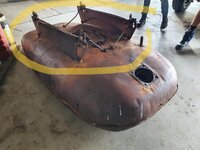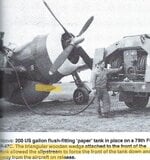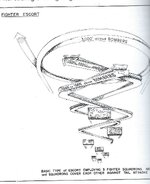special ed
1st Lieutenant
- 6,603
- May 13, 2018
I would point out, for the conversation, even after PH there remained much isolationism. For example, the "Why we fight" series was produced and several of the period movies had a character who said people who fought were suckers. That movie character was soundly defeated along with patriotic lines to refute the idea. These films would not have been produced if isolationism had been eliminated. If citizens had been adequately transformed to war thinking, all the early war movies would not have been needed. John Wayne could have continued with cowboy movies instead of "The flying tigers", "They were expendable", "Back to Bataan" and such.



